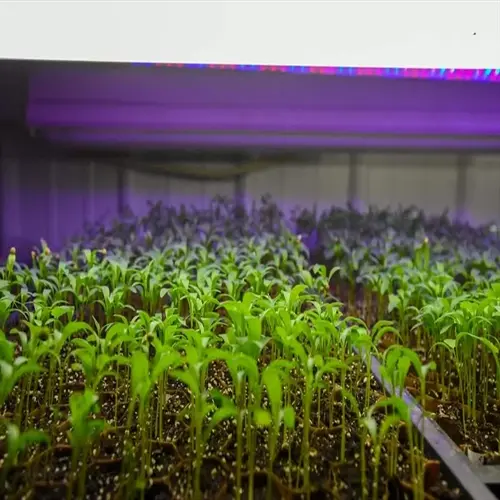How to tell when seedlings are ready to transplant?

Written by
Nguyen Minh
Reviewed by
Prof. Samuel Fitzgerald, Ph.D.Awareness of transplant readiness prevents growth-inhibiting and death to plants. There are obvious physical signs that seeds are ready to relocate. I ignored these signs after losing a whole batch of basil to shock. Now I look out for elongated leaves, soldiered stems, and roots poking through the bottom of the pot.
Visual Checks
- True leaves must be deep green not pale
- Stems should stand upright without support
- Avoid yellowing or spotted foliage
Root Examination
- Gently lift seedling to inspect root color
- Healthy roots appear white and fuzzy
- Brown roots indicate disease or rot
True leaves are different than the initial leaves of the seed. These next leaves have a morphology that is unique to that plant type. When seedlings grow 3-4 pairs of leaves, they have developed enough energy reserves. My peppers often thrive when transplanted at this stage, as opposed to previous attempts.
Tend to root-bound seedlings without delay. Roots that are circled through the soil surface, displayed at the edge of the container, and require immediate intervention. If they are not too bound up or overly confined, I will gently tease these roots before transplanting. This allows for the outward growth in the new soil while preventing the spiral pattern that chokes off the plant.
Stem strength indicates the quality of light exposure. Thin, leggy stems indicate the light is not sufficient. Big, thick stems can take more stress when transplanted. I perform finger tests; if the stems bend too easily, they are delayed. Good lighting should avoid this issue.
Read the full article: When to Transplant Seedlings: Ultimate Guide

